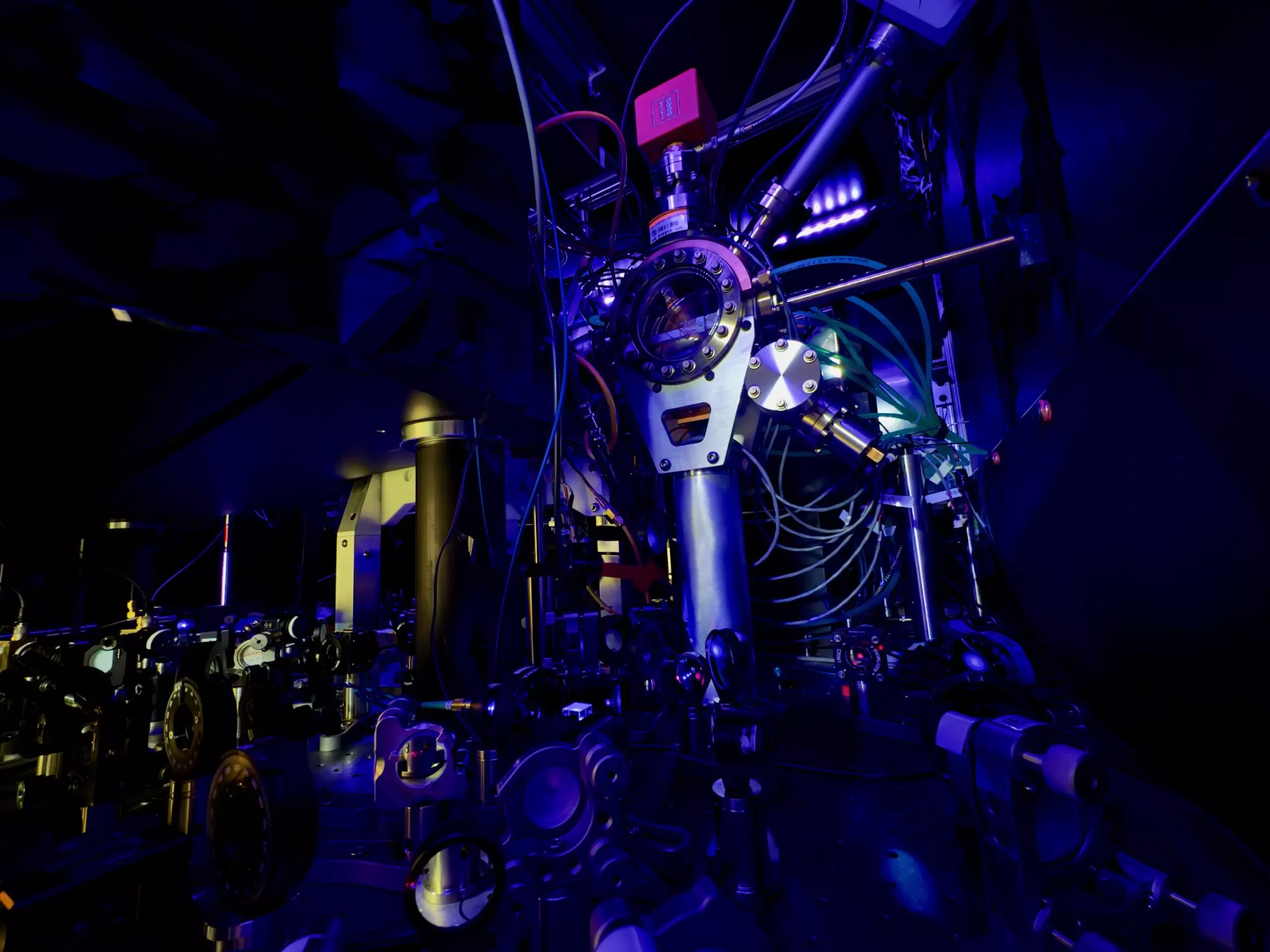In an extraordinary achievement for modern timekeeping, researchers from the Ye Lab at JILA (the National Institute of Standards and Technology and the University of Colorado Boulder) and the University of Delaware have unveiled a groundbreaking optical lattice clock that utilizes strontium atoms to measure time with unparalleled precision. Documented in a recent publication in Physical Review Letters, this innovative clock boasts an astonishing systematic uncertainty of 8.1 x 10^-19, setting a new benchmark in the realm of time measurement. As co-author Alexander Aeppli remarked, this milestone is the culmination of a decades-long pursuit to refine timekeeping technology, emphasizing that each leap forward drastically enhances our ability to investigate previously elusive physical phenomena and inspires novel technological advancements.
Understanding the Mechanics of Optical Clocks
Traditionally, most timekeeping systems rely on the oscillation periods of cesium atoms, operating in the microwave frequency range akin to the familiar pulses found in microwave ovens. Such methods, while functional, offer limited precision compared to optical clocks, which tap into higher frequency oscillations that approach the visible light spectrum. Aeppli clarifies that by leveraging these optical transitions, scientists can engage a more refined measurement tool—akin to employing a ruler with finer divisions for better accuracy. This high-frequency transition permits a more exact subdivision of a second, a significant improvement on previous models.
The clock’s groundbreaking design hinges on core components reminiscent of conventional timekeeping: an oscillator, a counter, and a reference. However, in the case of optical lattice clocks, these components take on a high-tech transformation. The oscillator in this design is an ultra-stable laser that provides robust frequency stability while the counter relies on a sophisticated frequency comb that translates continuous light pulses into measurable optical frequencies. The reference is the strontium atoms that are meticulously trapped, forming the heartbeat of this revolutionary clock.
The Power of Strontium Atoms and Light Trapping
At the heart of this new timekeeping marvel are the strontium atoms, which are held in a complex dance within a standing wave of light created by dual mirrored setups. By trapping approximately one hundred thousand atoms simultaneously, researchers like Aeppli can capture a large volume of data for each measurement cycle, vastly improving the clock’s reliability and precision. This is a stark contrast to ion-based optical clocks, which typically measure resonance from a single ion and contend with much higher measurement noise.
Despite the promising advancements, optical lattice clocks are not without constraints. Their design, reliant on light trapping, can inadvertently affect accuracy through frequency shifts. The new clock design takes a significant step forward by using lower intensity light for trapping, a choice that dramatically enhances measurement fidelity. Aeppli highlights the critical nature of these technical achievements, particularly how they better account for thermal emissions from the environment that might otherwise skew results.
A Path Towards the Redefinition of Time Measurement
The implications of this clock’s development extend beyond mere timekeeping; it sparks a conversation about potential changes to the International System of Units (SI) second. If future advancements continue on this trajectory, we might witness a monumental shift in how we understand and define time itself. Aeppli expresses hope that the findings from their research will serve as a foundation for future explorations aimed at enhancing clock accuracy, with no apparent limit on how precise these timekeeping devices may become.
Ongoing collaboration with colleagues at the National Institute of Standards and Technology (NIST) represents an important avenue for comparing this clock’s performance with existing standards. Currently, the clock has yet to be integrated into day-to-day timekeeping, but the excitement is palpable. The Ye Lab is not resting on its laurels; research continues with explorations into quantum entanglement and nuclear transitions, methodologies that promise even more radical improvements in measurement precision.
The Broader Impact of High-Precision Timekeeping
The future applications of such precise timekeeping technology could reshape various scientific fields, notably in GPS accuracy, telecommunications, and even fundamental physics experiments. With advancements in atomic clocks, the potential to achieve deeper insights into gravitational waves, dark matter, and other mysteries of the universe becomes more plausible. As researchers push the boundaries of what is possible, they not only stand on the shoulders of giants from the past but also pave the way for new discoveries that can alter our understanding of the cosmos and redefine our temporal frameworks.
This ambitious endeavor at the Ye Lab exemplifies the relentless pursuit of knowledge, creativity, and innovation that characterizes the scientific community. By melding advanced physics with cutting-edge technology, researchers are not merely measuring time; they are unlocking the secrets of existence, one tick at a time.

